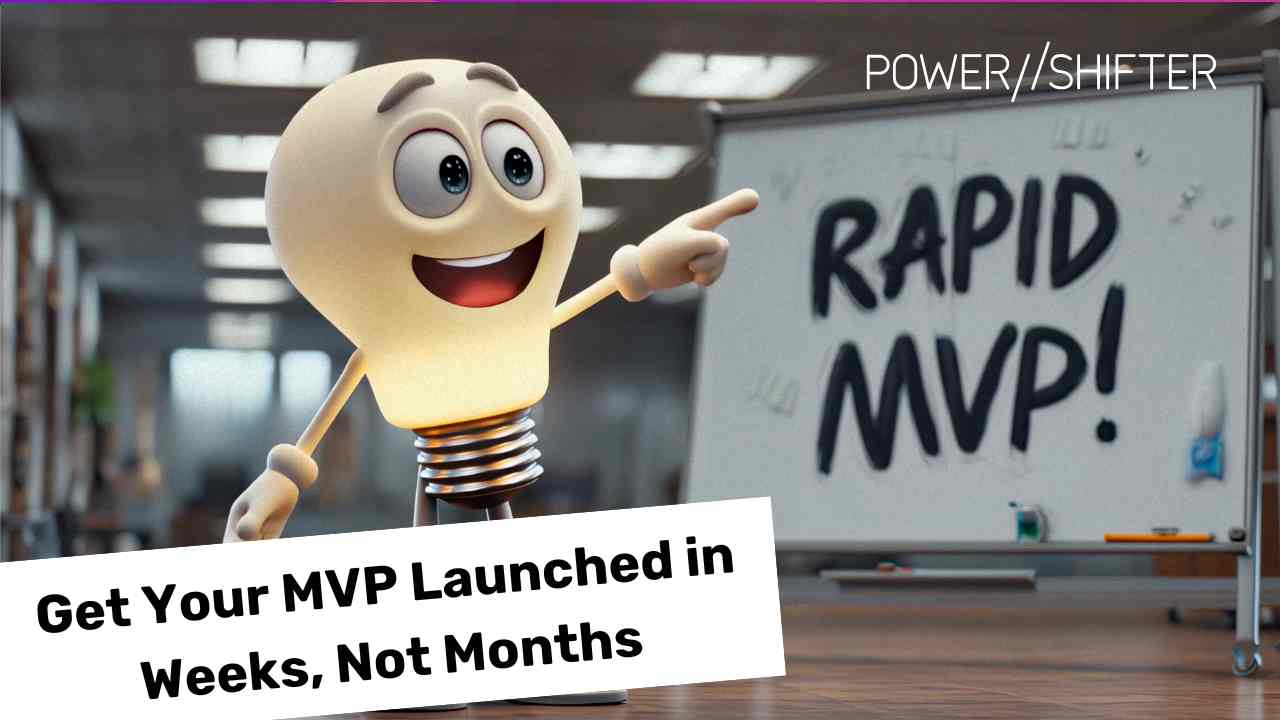Structuring Your Content for Maximum Flexibility in Headless CMS
One of the most significant advantages of using a headless CMS like Contentful or Sanity is the ability to manage content independently of its presentation. This decoupling allows businesses to deliver consistent and personalized experiences across various platforms. However, to truly harness the power of a headless CMS, it’s crucial to structure your content in a way that maximizes its flexibility and reusability.
In this post, we’ll explore best practices for content structuring within a headless CMS, ensuring that your content remains adaptable, scalable, and ready to meet the evolving demands of your digital strategy.
The Importance of Content Structure in a Headless CMS
In a traditional CMS, content is often intertwined with how it will be displayed, leading to rigid and inflexible systems. In contrast, a headless CMS separates content from its presentation layer, allowing it to be reused across different channels and contexts. However, this flexibility is only possible if the content is structured correctly from the start.
A well-structured content model enables you to:
- Reuse content across different platforms and devices without duplication.
- Adapt to new channels quickly and efficiently as they emerge.
- Maintain consistency in content delivery, regardless of the presentation medium.
- Scale your content strategy without needing extensive rework.
Best Practices for Structuring Content
1. Embrace Modular Content Design: In a headless CMS, content should be modular—broken down into smaller, reusable components rather than large, monolithic blocks. This approach allows you to mix and match content elements to create new content experiences quickly and efficiently. For example, instead of creating a single “blog post” entity that includes the title, body, and images, you might create separate entities for each element, which can then be combined in various ways across different platforms.
2. Use Content Types and Fields Wisely: Content types define the structure of your content, while fields within those types store specific pieces of data. In a headless CMS, it’s important to design your content types and fiy. For instance, if you frequently update product descriptions or pricing information, these should be stored as separate fields that can be easily updated and reused across multiple pages or platforms.
3. Plan for Localization and Personalization: If your content needs to be delivered in multiple languages or tailored to different audience segments, your content structure should accommodate these requirements froelds to ensure flexibility carefullm the outset. Use fields that allow for easy localization and consider how personalization might be applied at scale. For example, you might create separate content fields for each language or use dynamic content to tailor messaging based on user data.
4. Establish Clear Naming Conventions: Consistency is key when structuring content in a headless CMS. Establishing clear naming conventions for content types, fields, and entities will make it easier for your team to manage and update content over time. For example, use descriptive names that reflect the content’s purpose, such as “ArticleTitle” or “ProductImage,” rather than generic terms like “Title” or “Image.”
5. Incorporate Metadata for Enhanced Searchability: Metadata plays a crucial role in content management, especially in a headless CMS. By tagging your content with relevant metadata, you can enhance its searchability, making it easier for your team to find and repurpose content as needed. Metadata can also be used to power dynamic content delivery, ensuring that the right content is presented to the right audience at the right time.
6. Test and Iterate Your Content Model: No content model is perfect from the start. As you begin using your headless CMS, you may discover that certain content types or fields need to be adjusted to better meet your needs. Regularly review and iterate your content model based on feedback from your team and real-world usage. This iterative approach ensures that your content structure remains flexible and effective as your digital strategy evolves.
Real-World Example: Content Structuring with Contentful and Sanity
Both Contentful and Sanity offer powerful tools for content structuring. Contentful’s content model is highly customizable, allowing you to define content types and fields that precisely match your needs. Sanity takes this a step further with its schema-driven approach, enabling developers to define content structures in code, which can then be easily versioned and updated as requirements change.
By leveraging these tools, you can create a content structure that not only meets your current needs but is also adaptable to future demands.
<<Chapter 3: Optimizing Content Delivery with API-Driven Architecture
Chapter 5: Collaborating Effectively in a Headless Environment>>



















